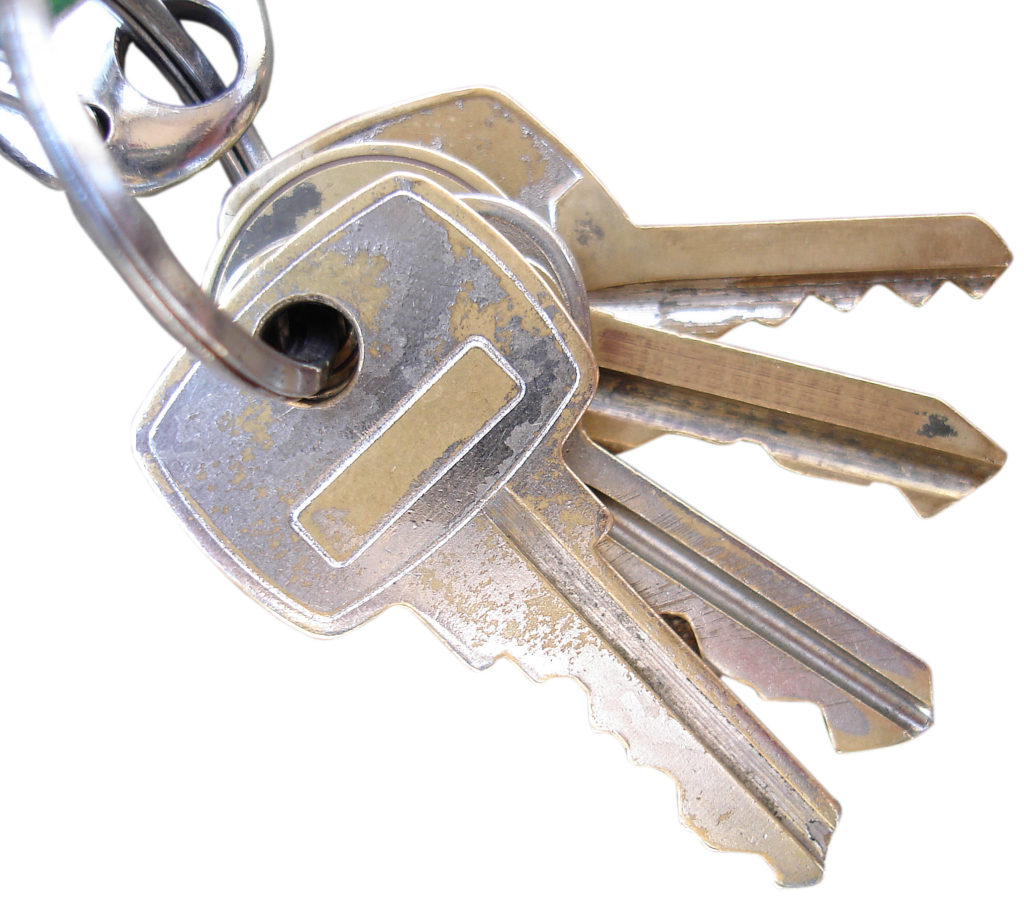A prerequisite for this blog: Get a key or bring a key to mind before reading. Any key will do…apartment, car, or even something for a bike lock.

Consider how we use the word “key” in life. A headline could read, “Mrs. Chang given a Key to the City.” We hear an announcer ask, “So, Cindy, what is the key to Cleveland winning this game?” My high school football coach preached the importance of “reading your keys.” Then, when all else fails in solving a lock, we use a skeleton key.
In his 2017 book, Dr. James Ryan shared a thought-provoking metaphor about his elementary school custodian who carried a key ring–filled with several keys–around his belt each day. I recall the same thing about the custodian in my grade school. He had so many keys, particularly for a small school.
Dr. Ryan’s point was around power. As he wrote, “I thought the custodian was the most powerful person in school…” (p. 20). It makes much sense. With all of those keys, custodians could open so many doors. Multiple keys reflected power.
Consider this related notion: Everyone is a “custodian” of their own life who, at the same time, carries many keys. However, instead of thinking about “keys of power,” I often think about the idea of people’s “keys of strengths.” Each key signifies a strength. People’s “keys”–their personal assets–have opened doors of opportunity in the past and can continue to do so in the future.
Inventors fail frequently on their way to success, and their key related to perseverance helps them.
Great teachers may employ a key for patience in aiding learners.
Successful designers may use the key of keen observation in planning a product.
Knowing one’s “keys of strengths” can help to unlock future doors of possibilities.
“What’s in your wallet?” No, perhaps the better question is, “What’s on your key ring?”
Reference:
Ryan, J. E. (2017). Wait, what? And life’s other essential questions. HaprerCollins.
